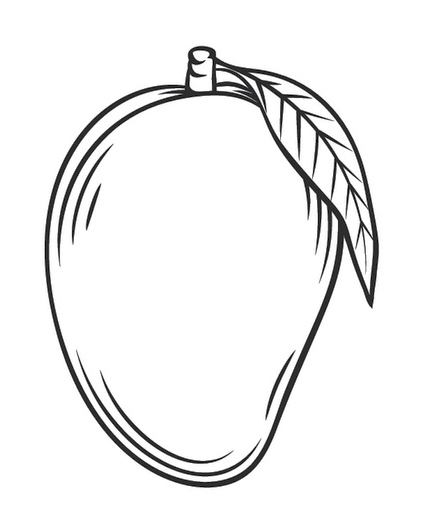MONTH 5
Boy, Girl, or Secret?
Weeks 18 Through 22
Month 5 is a time for steady growth and development. In Week 18, your baby is the length of a red bell pepper and weighs about 7 ounces. By Week 22, your little angel has grown to about 11 inches long, and almost 1 pound. Your baby is beginning to look like a real baby, even though she or he is only the size of a large mango.

YOUR BABY’S DEVELOPMENT
• In Week 18, kicks usually start. You may also feel hiccups. They are related to normal development and not the foods you eat. Vocal cords are developing. By now, the sex organs of your child can be determined by ultrasound. Fingerprints have developed.
• In Week 19, as your baby grows, a greasy white protective substance called vernix caseosa covers him or her.
• In Week 20, your baby’s sensory nerve cells are developing in the brain.
• In Week 21, arms and legs are more in proportion to the body. Cartilage is turning to bone. Your baby’s moves are more coordinated and less jerky.
• In Week 22, all primary teeth have formed. The liver is fully functioning, and the pancreas produces insulin. Senses continue to develop. Your baby can perceive light and dark, and he or she hears the real world beyond the womb.
CHANGES IN YOUR BODY
You might have more energy and you probably have a bigger appetite. As your belly grows, so does the likelihood that you will feel bloating, gas, constipation, heartburn, and indigestion. Achiness in lower abdomen, sides, back, or legs is common. Annoyances below the belt remain much the same: white vaginal discharge, hemorrhoids, swelling of feet and ankles, varicose veins, leg cramps. Skin color can change. You might get stretch marks and itchy skin. Occasional headaches, lightheadedness, and dizziness are all common. You might feel Braxton Hicks contractions.
IDEAL NUTRITION
Your nutrition highlights your baby’s cell, nerve, bone, and brain development. The following nutrients will help achieve this.
• B vitamins: cell division, brain formation, nervous system development
• Calcium: bones and teeth
• Magnesium: bones and muscle development
• Manganese: bone development and nerve health
• Omega-3s: brain, eye, nervous system development
• Phosphorus: bone development
• Selenium: cell structure
• Vitamin A: cell structure, bones, teeth, nervous system
• Vitamin D: calcium absorption
• Vitamin K: bone mineralization
• Vitamin E: cell structure
• Zinc: cell structure
PROTEIN
Eggs
Meats
Nuts: almonds, cashews, pistachios, Brazil nuts, walnuts, and nut butters
Pork
Poultry
Seafood (fish and shellfish): salmon (wild and Atlantic), tuna, mackerel, herring, sardines in oil, halibut, cod, and catfish
Seeds: sunflower, pumpkin, chia, hemp seed, and flaxseed
Tahini
Tofu and tempeh
DAIRY
Cheese
Enriched plant-based milks (rice soy, and almond)
Fortified dairy milk
Fortified orange juice and other juices
Yogurt
GRAINS/LEGUMES
All-bran cereal and other fortified breakfast cereals
Beans: soy, black, navy, pinto, kidney, white, great northern, black-eyed, pink, cranberry, and cannellini
Chickpeas
Corn and flour tortillas
Edamame
Folic acid–fortified products
Lentils
Oatmeal
Peanuts
Wheat germ
Whole grains: quinoa, barley, brown rice, bulgur, and whole wheat couscous
VEGETABLES
Artichokes
Asparagus
Avocados
Baked potato with skin on and all other potatoes
Beets
Broccoli and broccoli rabe
Brussels sprouts
Butternut squash
Carrots
Dark, leafy greens: kale, collards, mustard, Swiss chard, bok choy, and turnip greens
Mushrooms
Pumpkin
Red bell peppers
Romaine lettuce
Spinach
Sweet potatoes
Tomatoes and tomato juice
FRUITS
Bananas
Cantaloupe
Citrus fruits and juices: oranges, tangerines, grapefruit, lemonade
Dried apricots
Mangoes
Pineapple
Raspberries
FATS/OTHER
Brewer’s or nutritional yeast
Olive oil
Omega-3s
Molasses
Seaweed and kelp